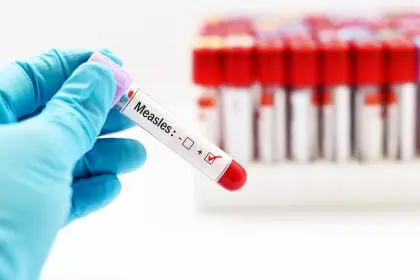Raw milk has recently captured public attention, particularly following endorsements from celebrities like Gwyneth Paltrow and social media influencers. This unpasteurized dairy product, which comes directly from animals without undergoing the standard safety process of pasteurization, has become a topic of intense debate among health professionals and consumers alike.
The FDA defines raw milk as milk that has not undergone pasteurization, a critical process developed by Louis Pasteur in 1864 that heats milk to specific temperatures to eliminate harmful bacteria. This fundamental safety measure has historically played a crucial role in public health protection.
The science of pasteurization
Modern milk processing typically employs High Temperature Short Time pasteurization, heating milk to at least 161°F for 15 seconds. This scientifically proven method effectively eliminates dangerous pathogens while maintaining the milk’s nutritional value.
This process represents a significant advancement in food safety, having dramatically reduced the incidence of milk-related illnesses since its widespread adoption. The technique’s effectiveness in preventing foodborne diseases has made it a cornerstone of modern food safety protocols.
Critical health risks identified
Medical experts emphasize the serious health risks associated with raw milk consumption. The product can harbor dangerous pathogens including Salmonella, E. coli, and Listeria, capable of causing severe illness even in healthy individuals.
These bacteria can lead to severe gastrointestinal distress, high fever, and potentially life-threatening conditions. Documented cases have shown long-term health complications, particularly in vulnerable populations such as children, elderly individuals, and pregnant women.
Legal landscape and accessibility
The regulatory environment surrounding raw milk varies significantly across the United States. While states like California permit raw milk sales with mandatory warning labels, others like New York restrict sales to farm premises only. These varying regulations have created a complex landscape for consumers and producers alike.
The disparity in legal status has led to the emergence of alternative distribution channels, including underground markets, raising additional public health concerns about proper handling and storage of this sensitive product.
Social media influence and misinformation
The rise of social media has significantly impacted public perception of raw milk, with influencers promoting it as part of a wholesome, natural lifestyle. This trend has raised concerns among health professionals about the power of celebrity endorsements in shaping public health decisions.
These social media representations often overlook or minimize the serious health risks associated with raw milk consumption, potentially misleading consumers about its safety and benefits. Health organizations continue to advocate for pasteurization as the safest approach to milk consumption.
Examining claimed benefits
Proponents of raw milk often cite various potential benefits, including improved flavor and digestibility. Some advocates suggest it may help with allergies and other health conditions. However, nutrition experts note that while some animal studies indicate possible benefits, human research remains insufficient to validate these claims.
Scientific studies have consistently shown that raw and pasteurized milk maintain similar nutritional profiles, debunking the common myth that pasteurization significantly alters milk’s nutritional value. This finding challenges one of the primary arguments made by raw milk advocates.
Making informed decisions
The scientific consensus strongly suggests that the risks associated with raw milk consumption outweigh any potential benefits. Health experts unanimously advise against its consumption, particularly for vulnerable populations such as children, elderly individuals, and pregnant women.
For consumers seeking the fresh taste of milk, pasteurized options remain the safest choice. These products provide the same nutritional benefits while protecting against dangerous foodborne pathogens that can cause serious illness or long-term health complications.
Future implications for public health
As the debate around raw milk continues, public health officials face the ongoing challenge of educating consumers about food safety while respecting individual choice. The persistence of this issue highlights the importance of clear, science-based communication about food safety risks.
Understanding the complexities of raw milk consumption remains crucial for making informed dietary choices. As research continues and regulations evolve, maintaining focus on public health protection while addressing consumer interests will remain paramount in this ongoing discussion.














